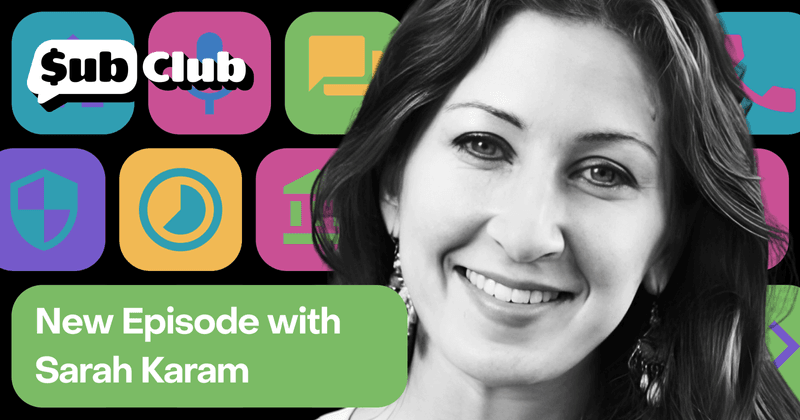We’ve talked before about how launching on both Apple’s App Store and Google’s Play Store can be a challenge — and it isn’t just the technical considerations of developing for two different mobile ecosystems. The App Store and Play Store serve fundamentally different markets, and to take advantage of these diverse user bases, you have to think about more than just hiring an Android developer.
As Google I/O 2024 wrapped up this week, we had the opportunity to speak with Sarah Karam, director of Apps Partnerships at Google. Just like RevenueCat, Sarah is passionate about helping developers find success with their apps and make more money. In our conversation, we asked Sarah which I/O announcements she’s most excited about and how developers can launch and optimize their app listings on the Google Play Store.
New Play Store commerce options
Google’s Play Store serves 2.5 billion Android users globally. As you might expect, that means users are on a range of devices (from basic to premium), represent diverse ages and income levels, and live in different countries — each with their own regulations for digital payments. With this much diversity, app developers need to provide a range of flexible payment options to ensure users all over the world can access and afford their apps.
This year, Google announced some exciting new payment options that will help developers cater to a wider range of international users. “We announced new payment forms in Brazil: Pix, which is a huge form of payment there, is now available on Google Play billing. And in India, we’ve expanded UPI options… and we’ve also added new ways to pay, like installment payments… You can [also] now set up student or senior plans,” Sarah said.
As Sarah points out, these new payment options give users better access to the apps they love and more effective ways to pay, allowing developers to tap into increased revenue streams in global markets.
Diversifying monetization
Speaking of revenue streams, Google recently released a white paper with some interesting findings about subscriptions versus in-app payments (IAP). According to Sarah, subscriptions are not one size fits all. “What we found in Asia Pacific was more users are interested in diverse ways to pay: usually IAP, often a blend of subscriptions and IAP,” she said. “Whereas in the US, typically people launch with subscription businesses and scale those, maybe offer more plans, but rarely branch out into IAP in addition. And the interesting thing is that developers who are based out of Asia Pacific and who have been more willing to experiment with subscriptions plus IAP actually tend to find really good success in the US.”
If you have a subscription app business, consider offering new ways for users to pay for your product. Consumables, paid (instead of free) trials, and even tipping are all potential revenue streams you might currently be leaving on the table.
Customizing Play Store listings by keywords
Another exciting announcement Google made at I/O 2024 is that Play Store listings can now be customized by search keywords. While it’s been possible to create custom store listings for different audiences for a while, the ability to create listings based on specific search terms is a new way of harnessing organic traffic.
As Sarah points out, “Search is such an important part of the Play Store. We’re a search company; we have decades of experience in search — and we know how important it is to make sure if I find your app based on a certain keyword search that you might want to show me a very different custom store listing experiment to maximize my conversion.”
More from I/O 2024
These are just a few of the announcements we’re excited about from this year’s Google I/O. To find out more about these announcements and how you can take advantage of the new Play Store capabilities with your Android app, check out our full conversation with Sarah on this week’s episode of the Sub Club podcast.

